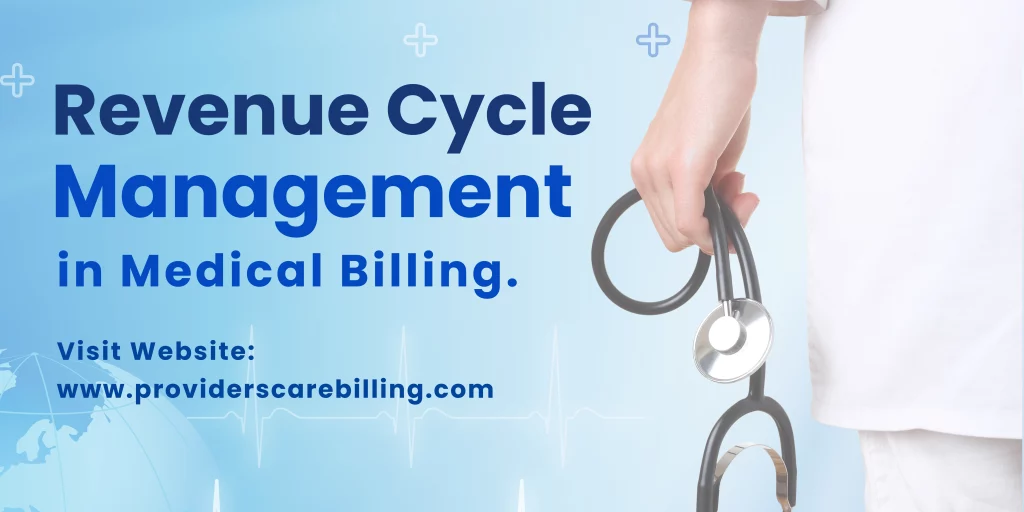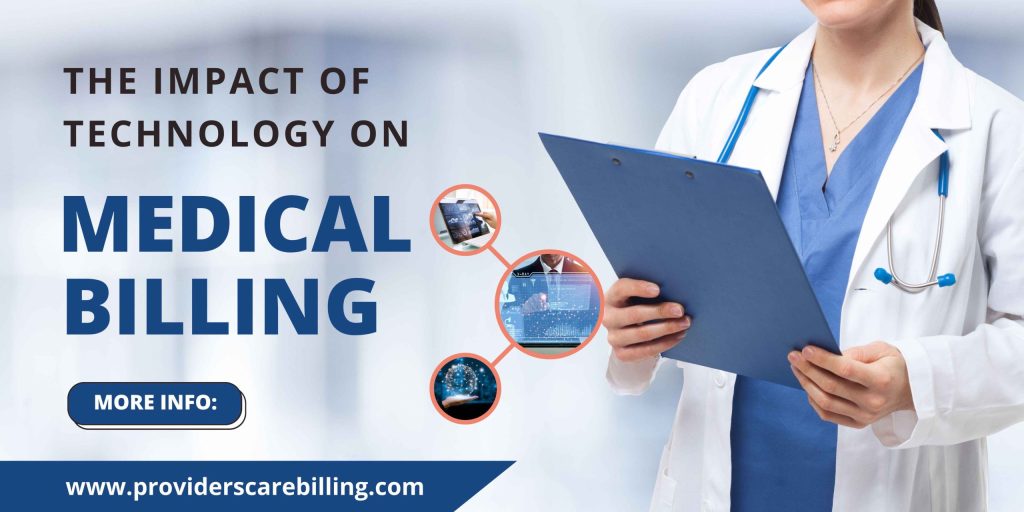Mastering Accounts Receivable for Medical Billing Success

Strong accounts receivable in medical billing helps practices reduce unpaid claims, speed up reimbursements, and avoid revenue loss. When A/R is managed well, denials drop, cash flow improves, and payment cycles become faster. This guide explains A/R types, aging buckets, follow-up strategies, and proven methods to boost financial performance for any healthcare practice.
Top Common Credentialing Mistakes That Hurt Your Revenue Cycle

Nearly 70% of credentialing-related claim denials are fully preventable, yet practices lose thousands each month due to missed details and late paperwork. This guide breaks down the most common credentialing mistakes and how to stop them from damaging your revenue cycle.
New Insurance Billing Rules Affecting LMFTs and LPCs in Massachusetts

New insurance billing rules in Massachusetts are reshaping how LMFTs and LPCs submit claims and get reimbursed. This update impacts credentialing, supervision billing, and Medicare enrollment requirements. Here’s what every therapist needs to know.
What is Revenue Cycle Management (RCM) in Medical Billing?

Efficient Revenue Cycle Management (RCM) is crucial in medical billing, covering steps from patient pre-registration to final payment. It ensures financial stability, reduces errors, enhances the patient experience, and ensures compliance. Providers Care Billing LLC is a trusted partner, offering expertise to optimize RCM for healthcare providers.
Revenue Cycle Management In Healthcare

Unlock the efficiency of Healthcare Revenue Cycle Management. Learn how it streamlines processes, reduces errors, and ensures timely payments for providers.
The Impact of Technology on Medical Billing

Discover how technology is reshaping medical billing with efficiency, transparency, and automation. Explore Providers Care Billing LLC for cutting-edge solutions.
